

Articles
How To Store Hydrofluoric Acid
Modified: December 7, 2023
Learn the proper way to store hydrofluoric acid with our informative articles. Keep your workplace safe and prevent accidents.
(Many of the links in this article redirect to a specific reviewed product. Your purchase of these products through affiliate links helps to generate commission for Storables.com, at no extra cost. Learn more)
Introduction
Hydrofluoric acid (HF) is a highly corrosive and toxic chemical that is commonly used in various industrial processes, laboratories, and even household applications. While it has many practical uses, including etching glass, cleaning metals, and manufacturing pharmaceuticals, it is crucial to handle and store hydrofluoric acid with the utmost care. Failure to do so can result in severe accidents, injuries, or even death.
In this article, we will provide essential guidance on how to safely store hydrofluoric acid to prevent any potential hazards. We will discuss safety precautions, suitable containers, storage location, temperature considerations, handling and transport guidelines, labeling requirements, emergency response planning, and the proper disposal of hydrofluoric acid.
By following these guidelines and best practices, you can ensure the safety of yourself, your colleagues, and the environment.
Key Takeaways:
- Prioritize safety when storing hydrofluoric acid by following guidelines for PPE, ventilation, and storage separation. Proper labeling and emergency response planning are crucial for responsible handling.
- Choose suitable containers, maintain proper temperature, and handle with care to ensure safe storage and minimize risks. Proper disposal is essential to protect the environment and human health.
Read more: How To Store Oxalic Acid Powder
Safety Precautions
When dealing with hydrofluoric acid, it is crucial to prioritize safety to prevent accidents and protect yourself and others. Here are some essential safety precautions to follow:
- Personal Protective Equipment (PPE): Always wear appropriate PPE, including chemical-resistant gloves, goggles or a face shield, and a lab coat or protective clothing. These items provide a barrier between the acid and your skin, eyes, and clothing.
- Ventilation: Ensure that the storage area and the area where hydrofluoric acid is used have adequate ventilation. This will help prevent the buildup of hazardous fumes and maintain a safe working environment.
- Training: Only individuals who have received proper training on the handling and storage of hydrofluoric acid should be allowed to work with it. Training should cover the proper use of PPE, emergency response procedures, and safe handling techniques.
- First Aid: Keep a well-stocked first aid kit nearby, specifically equipped to handle acid burns. Additionally, ensure that all individuals who work with hydrofluoric acid are trained in first aid for acid-related injuries, including the use of calcium gluconate gel.
- Emergency Eyewash and Shower: Install and regularly test emergency eyewash stations and safety showers near the storage area and areas where hydrofluoric acid is used. In the event of exposure or spills, immediate rinsing can minimize the effects of the acid.
- Avoidance of Accidental Spills: Take precautions to prevent accidental spills, such as using spill containment trays or secondary containment systems when handling hydrofluoric acid. Always handle the acid with care and use appropriate tools and equipment to minimize the risk of spills.
- Storage Separation: Store hydrofluoric acid away from incompatible substances, such as strong bases, oxidizers, and flammable materials. Properly label and segregate these substances to prevent any potential chemical reactions or hazards.
Remember, complying with safety precautions is vital for the protection of yourself, your colleagues, and the environment. Always err on the side of caution and seek guidance from safety professionals or experts if you are uncertain about any safety measures.
Suitable Containers
Choosing the right containers for storing hydrofluoric acid is essential to ensure its stability and prevent any potential leaks or accidents. Here are some factors to consider when selecting suitable containers:
- Material: Hydrofluoric acid is highly corrosive and can react with various materials. It is crucial to use containers made of high-density polyethylene (HDPE) or polypropylene, which are resistant to the corrosive effects of the acid. Avoid using containers made of materials such as glass, aluminum, or steel, as they can be easily damaged or react with the acid.
- Sealing: Ensure that the containers have secure lids or caps that provide an airtight seal. This will prevent any leakage or release of hazardous fumes. It is recommended to use containers with screw-top lids or safety closures.
- Size: Choose containers of an appropriate size that can accommodate the quantity of hydrofluoric acid you will be storing. Avoid overfilling the containers, as this can increase the risk of spills or accidents. Consider the amount of acid you typically use and store to determine the appropriate container size.
- Labeling: Clearly label the containers with the name of the chemical (“Hydrofluoric Acid”), hazard warnings, and any other relevant information. This will ensure that the acid is easily identifiable and minimize the risk of confusion or mishandling.
- Secondary Containment: Use secondary containment measures, such as trays or spill containment systems, to provide an additional layer of protection in case of container failure or accidental spills. This will help prevent the spreading of the acid and minimize potential damage.
- Inspection: Regularly inspect the containers for any signs of damage, deterioration, or leaks. If you notice any issues, transfer the acid to a new container immediately. Do not use damaged or compromised containers, as they can pose a safety risk.
Remember to always handle containers with hydrofluoric acid carefully and avoid any rough handling or dropping, as this can lead to container damage and potential accidents. Following these guidelines for suitable containers will help ensure the safe storage of hydrofluoric acid and reduce the risk of incidents in your workplace or laboratory.
Storage Location
Choosing the appropriate storage location for hydrofluoric acid is crucial to minimize the risk of accidents and ensure the safety of everyone in the surrounding area. Here are some important considerations when determining the storage location:
- Dedicated Storage Area: Designate a well-ventilated and dedicated storage area specifically for hydrofluoric acid. This area should be separate from other chemicals and incompatible substances to prevent any potential reactions or hazards.
- Secure and Locked: Ensure that the storage area is secure and locked at all times to prevent unauthorized access. Limit access to only trained personnel who understand the risks associated with hydrofluoric acid and proper handling procedures.
- Temperature Control: Maintain a stable temperature within the storage area to prevent extreme heat or cold. Hydrofluoric acid should be stored at room temperature (around 20-25°C) to ensure its stability and integrity.
- Away from Ignition Sources: Store hydrofluoric acid away from any ignition sources, such as open flames, sparks, or electrical equipment. This will minimize the risk of accidental fires or explosions.
- Good Ventilation: Ensure that the storage area has adequate ventilation to prevent the buildup of hazardous fumes. Install exhaust systems or use natural ventilation to ensure a constant flow of fresh air.
- Proximity to Emergency Equipment: The storage area should be located near emergency equipment, such as eyewash stations, safety showers, fire extinguishers, and spill response kits. This will enable swift action in case of accidents or spills.
- Avoidance of Direct Sunlight: Protect hydrofluoric acid from direct sunlight by storing it in a shaded area or using opaque containers. Exposure to sunlight can cause degradation of the acid and potential hazards.
- Consider Surrounding Environment: Take into account the surrounding environment when choosing the storage location. Avoid areas prone to flooding, excessive humidity, or other conditions that could compromise the integrity of the acid or pose additional risks.
Remember, the chosen storage location should adhere to local regulations and industry standards. Regularly inspect the storage area for any signs of damage or deterioration, ensuring that proper safety measures are in place. By following these guidelines, you can store hydrofluoric acid responsibly and minimize the risk of accidents or harm.
Temperature Considerations
Proper temperature control is essential when storing hydrofluoric acid to maintain its stability and prevent any hazardous reactions or degradation. Here are some important temperature considerations:
- Room Temperature: Hydrofluoric acid should be stored at room temperature, typically around 20-25°C (68-77°F). Avoid exposing the acid to extreme temperatures, both high and low, as this can compromise its chemical properties.
- Avoid Freezing: Do not allow hydrofluoric acid to freeze. Freezing can cause the acid to expand, potentially leading to container rupture and leakage. Store the acid in a location where the temperature remains above freezing point.
- Avoid High Temperatures: Keep hydrofluoric acid away from sources of excessive heat or direct sunlight. High temperatures can accelerate the decomposition of the acid and increase the risk of hazardous chemical reactions.
- Controlled Storage Areas: If possible, store hydrofluoric acid in temperature-controlled storage areas or cabinets to ensure a consistent and appropriate temperature. This will help maintain the integrity of the acid over time.
- Monitor Temperature: Regularly monitor the temperature in the storage area to ensure it remains within the recommended range. Use temperature monitoring devices, such as thermometers or data loggers, to keep track of any fluctuations or deviations.
- Emergency Temperature Control: In the event of a sudden temperature rise or significant cooling, take immediate action to prevent any hazards. Contact the appropriate authorities or emergency response team to address the situation effectively.
- Transport Temperature: Pay attention to the temperature during the transportation of hydrofluoric acid, especially if it needs to be moved from one location to another. Ensure that suitable transportation methods and containers are used to maintain the recommended temperature range.
It is crucial to handle hydrofluoric acid with care and maintain proper temperature control to prevent any accidents, reactions, or degradation. Always refer to the manufacturer’s guidelines and consult with safety professionals if you have any questions or concerns about the temperature requirements for storing hydrofluoric acid.
Always store hydrofluoric acid in a tightly sealed, labeled container made of plastic or Teflon. Keep it in a well-ventilated area away from heat and incompatible substances.
Read more: How To Store Muriatic Acid
Handling and Transport Guidelines
Proper handling and transport of hydrofluoric acid are essential to minimize the risk of accidents, spills, and exposure. Here are some important guidelines to follow:
- Use Appropriate Personal Protective Equipment (PPE): Always wear the necessary PPE when handling hydrofluoric acid, including chemical-resistant gloves, goggles or a face shield, and a lab coat or protective clothing. This will provide a barrier between the acid and your skin, eyes, and clothing.
- Handle with Care: Always handle hydrofluoric acid containers with care to prevent accidental drops or damage. Avoid rough handling and ensure a secure grip on the containers.
- Ensure Proper Ventilation: Work in well-ventilated areas when handling hydrofluoric acid to prevent the buildup of hazardous fumes. If necessary, use local exhaust ventilation or fume hoods to remove any vapors or gases from the work area.
- Avoid Splashing or Spills: Take precautions to prevent splashing or spills when transferring or pouring hydrofluoric acid. Use appropriate handling techniques and equipment, such as funnels or pipettes, to minimize the risk of accidents.
- Proper Storage during Handling: When not in use, keep hydrofluoric acid containers tightly sealed and stored in a designated area. Do not leave open containers unattended, and ensure that they are stored away from traffic areas to avoid accidental contact or damage.
- Comply with Transportation Regulations: When transporting hydrofluoric acid, ensure compliance with all applicable transportation regulations. Use suitable containers that are designed for transportation and secure them properly to prevent spills or leaks.
- Separate from Incompatible Substances: When handling hydrofluoric acid, store and transport it separately from incompatible substances, such as strong bases, oxidizers, and flammable materials. This will prevent any potential chemical reactions or hazards.
- Emergency Preparedness: Have an emergency response plan in place and ensure that all individuals handling hydrofluoric acid are trained in the proper procedures for spills, leaks, and exposures. Know the location of safety showers, eyewash stations, fire extinguishers, and spill kits for immediate response.
- Regularly Inspect Containers: Regularly inspect containers for any signs of damage or leaks. If you notice any issues, transfer the acid to a new container immediately. Do not use damaged or compromised containers, as they can pose a safety risk.
By following these handling and transport guidelines, you can minimize the risk of accidents, spills, and exposures when working with hydrofluoric acid. Always prioritize safety and seek guidance from safety professionals if you have any concerns or questions regarding the proper handling and transportation practices.
Labeling Requirements
Proper labeling of containers containing hydrofluoric acid is essential to ensure the safe handling, storage, and transport of the chemical. Adequate labeling provides important information and warnings for individuals working with or coming into contact with hydrofluoric acid. Here are some key labeling requirements:
- Chemical Name: The container should be clearly labeled with the name “Hydrofluoric Acid.” This ensures that the contents are easily identifiable.
- Hazard Warnings: Include hazard warnings on the label to inform individuals about the potential risks associated with hydrofluoric acid. Warnings should cover corrosivity, toxicity, and any other appropriate hazards.
- Concentration: Indicate the concentration of hydrofluoric acid in the container, as different concentrations may have different risk levels and handling requirements.
- Appropriate Symbols and Pictograms: Use the appropriate hazardous chemical symbols and pictograms on the label to convey visual warnings and hazards associated with hydrofluoric acid. These symbols should be in compliance with relevant national, regional, or international hazard communication standards.
- Manufacturer Information: Include the name and contact information of the manufacturer or supplier on the label. This allows for easy identification and communication in case of any inquiries or emergencies.
- Handling Instructions: Provide handling instructions on the label, including necessary personal protective equipment (PPE) requirements, proper storage conditions, and any other specific instructions for safe handling.
- Expiration Date: If applicable, mention the expiration date or shelf life of hydrofluoric acid on the label. This helps ensure that the acid is used within its recommended timeframe.
- Additional Information: Consider including additional important information on the label, such as emergency contact numbers, first aid instructions, or any other relevant details for handling hydrofluoric acid safely.
Ensure that the labels are securely attached to the containers and clearly visible. Periodically check the labels for any signs of fading, damage, or illegibility, and replace them if necessary. Properly labeled containers help ensure that individuals are aware of the hazards and have the necessary information to handle hydrofluoric acid safely.
Emergency Response Planning
An emergency response plan is crucial when working with hydrofluoric acid to effectively handle and mitigate any incidents or accidents. Having a well-prepared plan ensures the safety of individuals and the environment. Here are some key components to consider when developing an emergency response plan:
- Identification of Potential Hazards: Conduct a thorough assessment of potential hazards associated with hydrofluoric acid, including the risks of spills, leaks, chemical reactions, and exposure. Identify the specific dangers and develop strategies to address each scenario.
- Emergency Contacts: Compile a list of emergency contact numbers, including local emergency services, medical facilities, and poison control centers. Ensure that all personnel have access to this information and clearly display it in the workplace.
- Evacuation Procedures: Establish clear evacuation procedures in case of emergencies such as large spills or releases of hydrofluoric acid. Designate evacuation routes, assembly points, and a communication system to account for all personnel during evacuations.
- Emergency Equipment and Resources: Identify and maintain emergency equipment and resources, such as eyewash stations, safety showers, spill response kits, fire extinguishers, and personal protective equipment (PPE). Regularly inspect and test this equipment to ensure its proper functioning.
- Training and Education: Ensure that all personnel are adequately trained in emergency response procedures, including spill containment and cleanup, evacuation protocols, and first aid for hydrofluoric acid-related incidents. Conduct regular drills and training sessions to reinforce the importance of emergency preparedness.
- Communication Plan: Establish a communication plan for notifying and updating relevant personnel, including management, emergency response teams, and adjacent facilities, about incidents involving hydrofluoric acid. This plan should include both internal and external communication channels.
- Documentation and Reporting: Develop a system for documenting and reporting any incidents involving hydrofluoric acid. This includes keeping records of spills, accidents, near misses, and the actions taken to mitigate them. Documentation assists in identifying areas for improvement and compliance with regulatory requirements.
- Regular Review and Audits: Regularly review and update the emergency response plan to reflect changes in regulations, personnel, or facility layout. Conduct audits to ensure compliance with the plan and identify any areas that require improvement.
Remember, an emergency response plan is only effective if it is communicated, practiced, and regularly reviewed. By implementing a comprehensive emergency response plan, you can minimize risks and respond effectively in the event of any emergency involving hydrofluoric acid.
Disposal of Hydrofluoric Acid
Proper disposal of hydrofluoric acid is crucial to prevent harm to the environment and ensure compliance with waste management regulations. Due to its corrosive and toxic nature, it is important to follow specific guidelines when disposing of hydrofluoric acid. Here are some key considerations for its safe disposal:
- Neutralization: Hydrofluoric acid must never be disposed of by simply pouring it down the drain or into the regular waste stream. One method of disposal involves neutralization using a base, such as sodium hydroxide. However, this process should only be performed by trained professionals who understand the chemical reactions involved.
- Professional Disposal: It is recommended to contact a licensed waste management company or hazardous waste disposal service to handle the disposal of hydrofluoric acid. These professionals are equipped with the knowledge and resources to properly handle and dispose of the acid in accordance with regulations.
- Consult Local Regulations: Familiarize yourself with local regulations and guidelines regarding the disposal of hydrofluoric acid. Different regions or jurisdictions may have specific requirements or restrictions, so it is important to ensure compliance with these regulations.
- Secure Storage: If the hydrofluoric acid cannot be readily disposed of, it must be securely stored in appropriate containers in a dedicated storage area until proper disposal can be arranged. Ensure that the storage area is labeled, locked, and separate from other chemicals or incompatible substances.
- Recordkeeping: Maintain accurate records of the disposal process, including the date, method, and vendor used for disposal. This documentation helps demonstrate compliance and is useful for audits or regulatory inspections.
- Alternative Disposal Methods: In some cases, there may be approved alternative disposal methods for hydrofluoric acid, such as chemical recycling or treatment. Contact local environmental agencies or waste management professionals to explore these options.
It is essential to prioritize environmental safety when disposing of hydrofluoric acid. By following proper disposal procedures and seeking professional assistance when necessary, you can ensure that the acid is safely and responsibly managed, minimizing its impact on the environment and human health.
Read more: How To Store Hydrochloric Acid
Conclusion
Working with hydrofluoric acid requires adherence to strict safety measures and proper handling and storage procedures. By following the guidelines outlined in this article, you can ensure the safe and responsible storage of hydrofluoric acid, minimizing the risk of accidents, spills, or exposure.
From safety precautions and suitable containers to storage locations and temperature considerations, each aspect plays a crucial role in maintaining the integrity of hydrofluoric acid and safeguarding the well-being of individuals in the workplace or laboratory.
Additionally, proper labeling, emergency response planning, and disposal procedures are essential parts of handling hydrofluoric acid responsibly. By implementing effective labeling practices, developing comprehensive emergency response plans, and seeking professional assistance for disposal, you can further mitigate risks and protect both the environment and human health.
Remember, ongoing training, education, and regular inspections are key to maintaining a safe working environment when dealing with hydrofluoric acid. This includes wearing appropriate personal protective equipment (PPE), ensuring proper ventilation, and following established handling and transport guidelines.
By prioritizing safety, adhering to regulations, and seeking professional guidance when needed, you can work with hydrofluoric acid in a responsible and secure manner. This not only protects individuals from harm but also contributes to a safer and more sustainable working environment.
Always stay informed about the latest regulations and best practices in handling and storing hydrofluoric acid, as safety guidelines may evolve over time. By staying proactive and maintaining a strong commitment to safety, you can minimize risks and promote the well-being of yourself, your colleagues, and the environment.
Frequently Asked Questions about How To Store Hydrofluoric Acid
Was this page helpful?
At Storables.com, we guarantee accurate and reliable information. Our content, validated by Expert Board Contributors, is crafted following stringent Editorial Policies. We're committed to providing you with well-researched, expert-backed insights for all your informational needs.
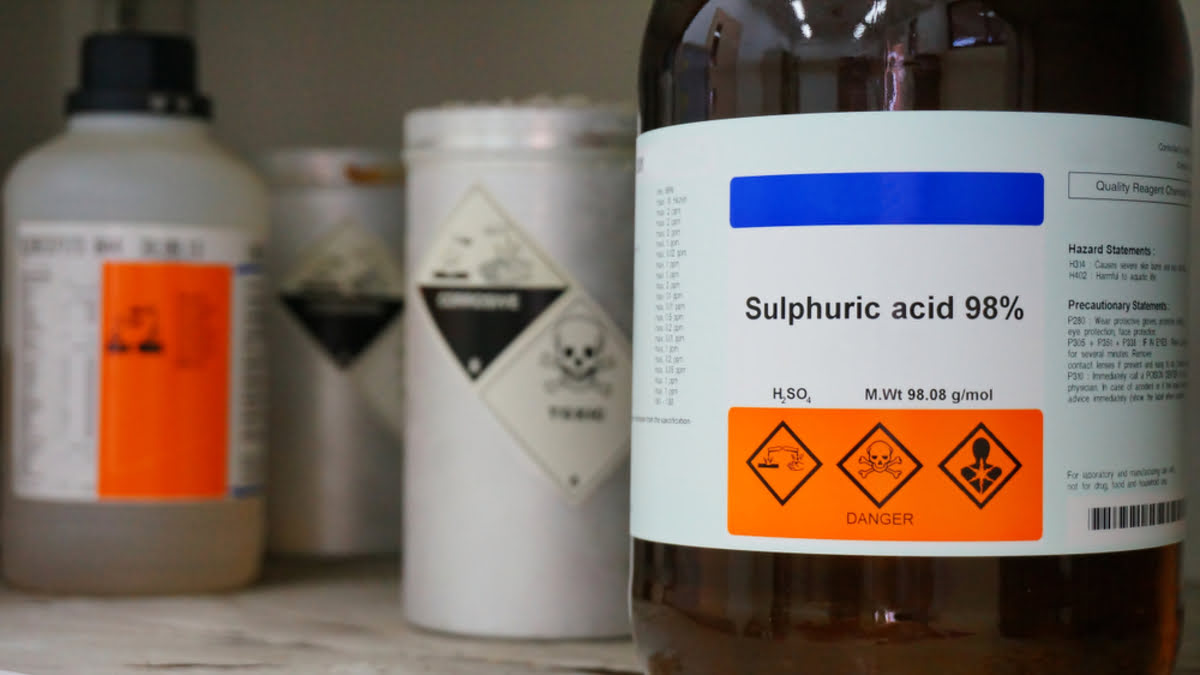
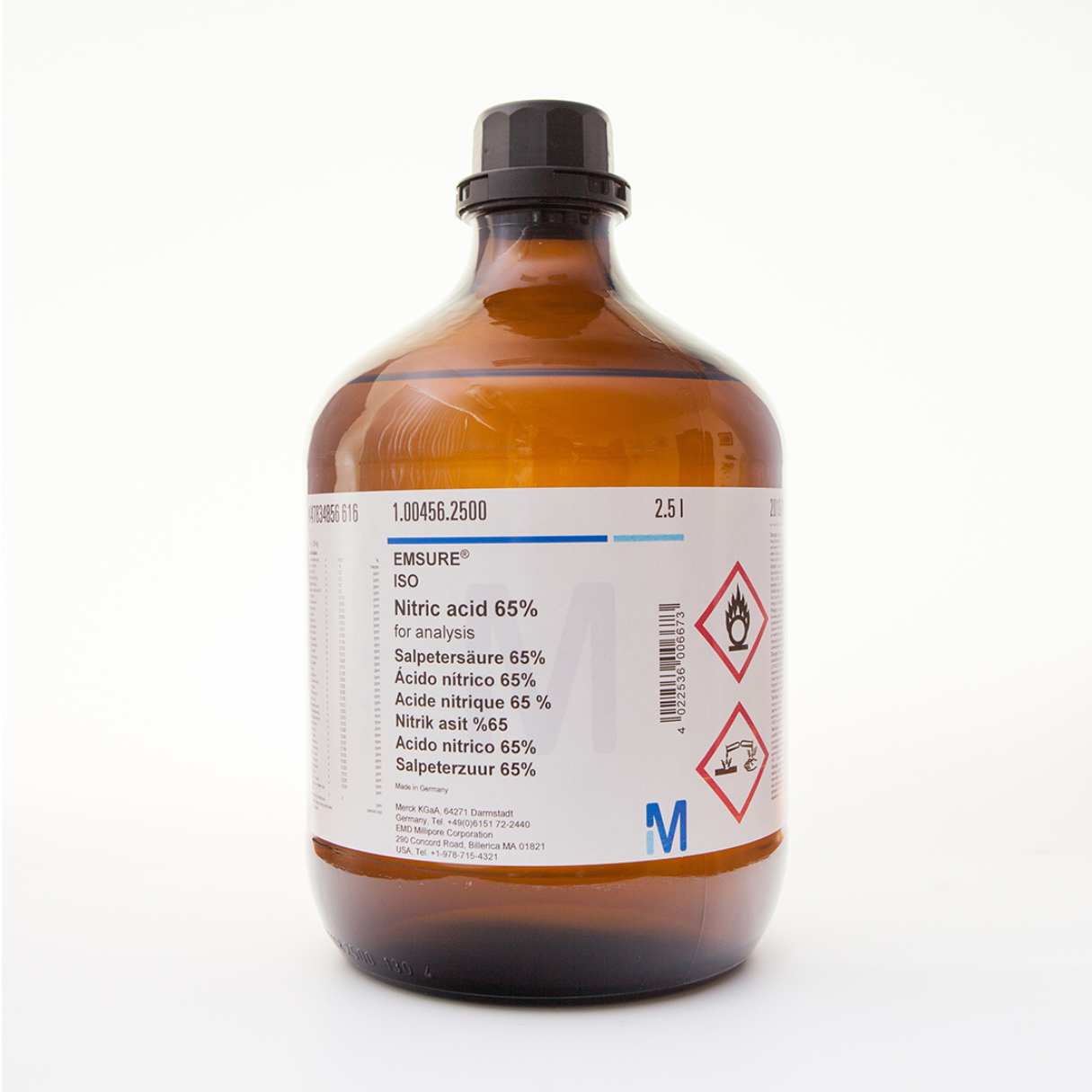

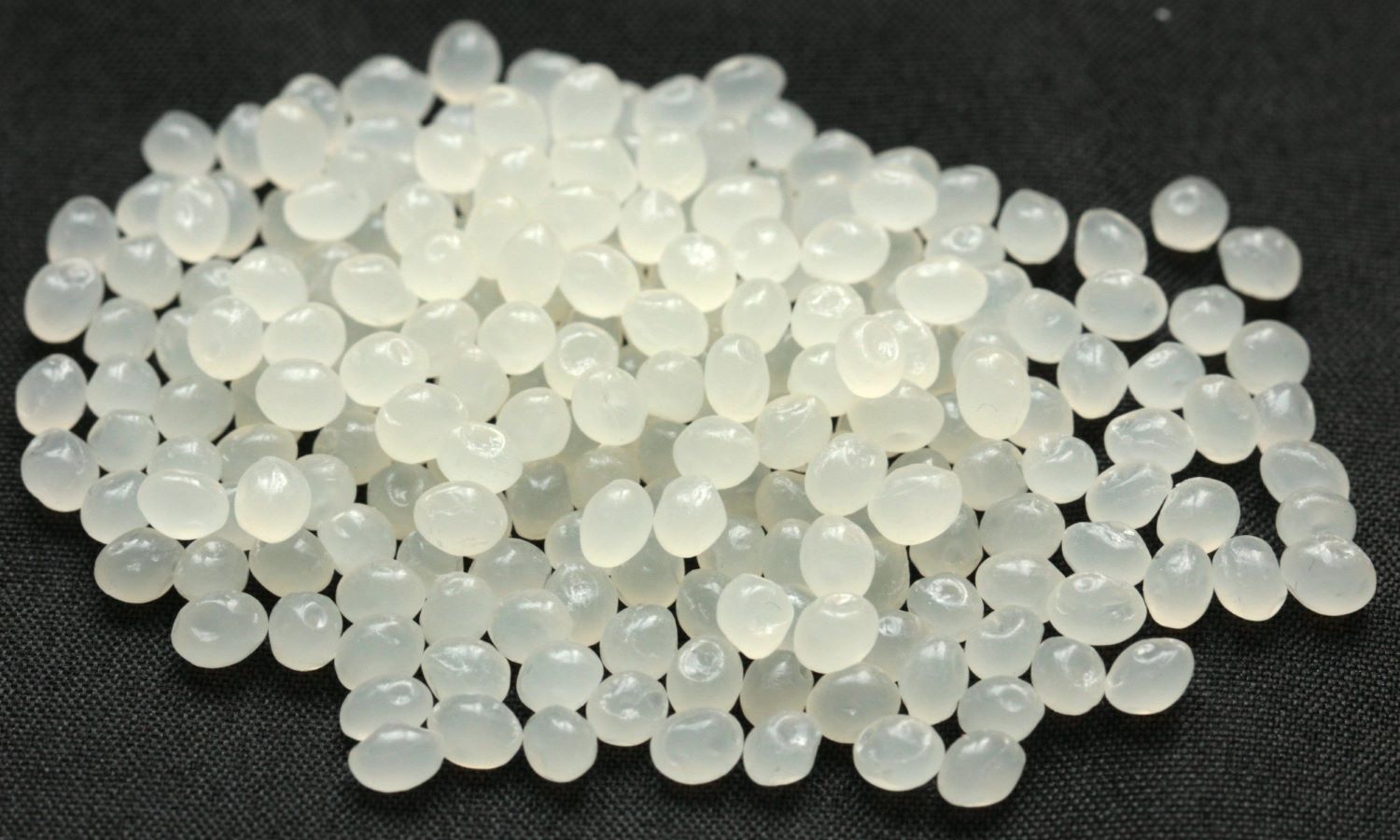


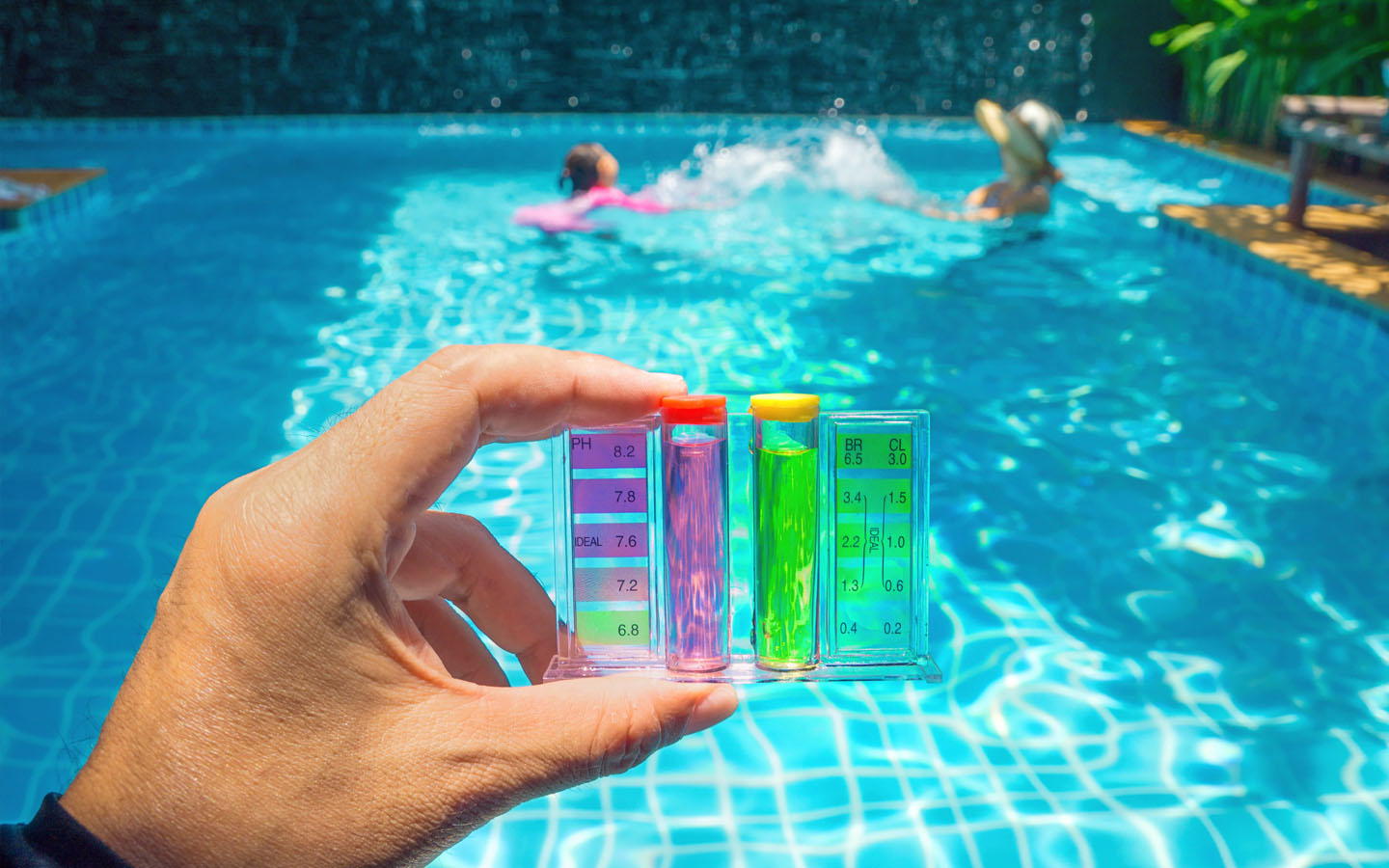



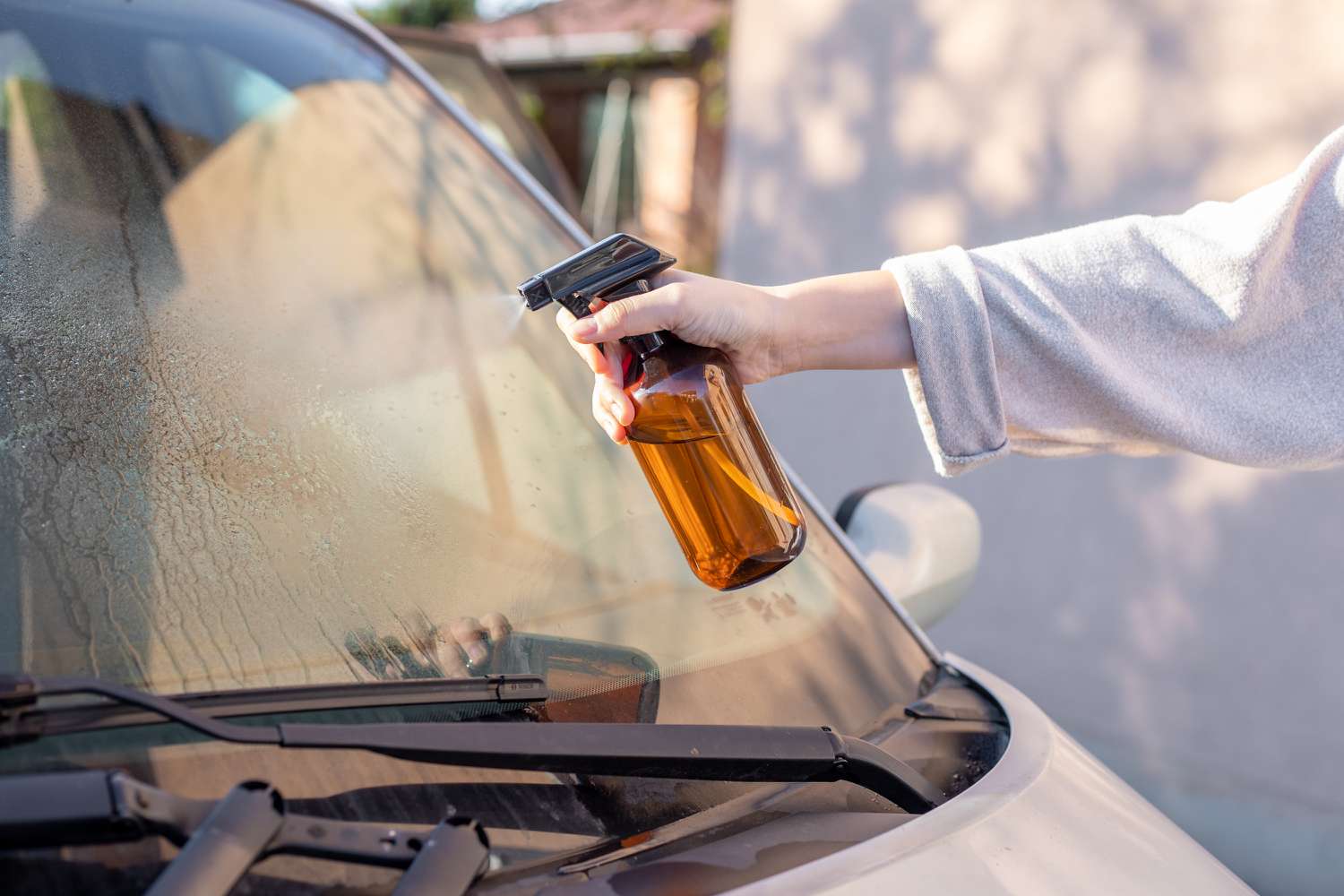
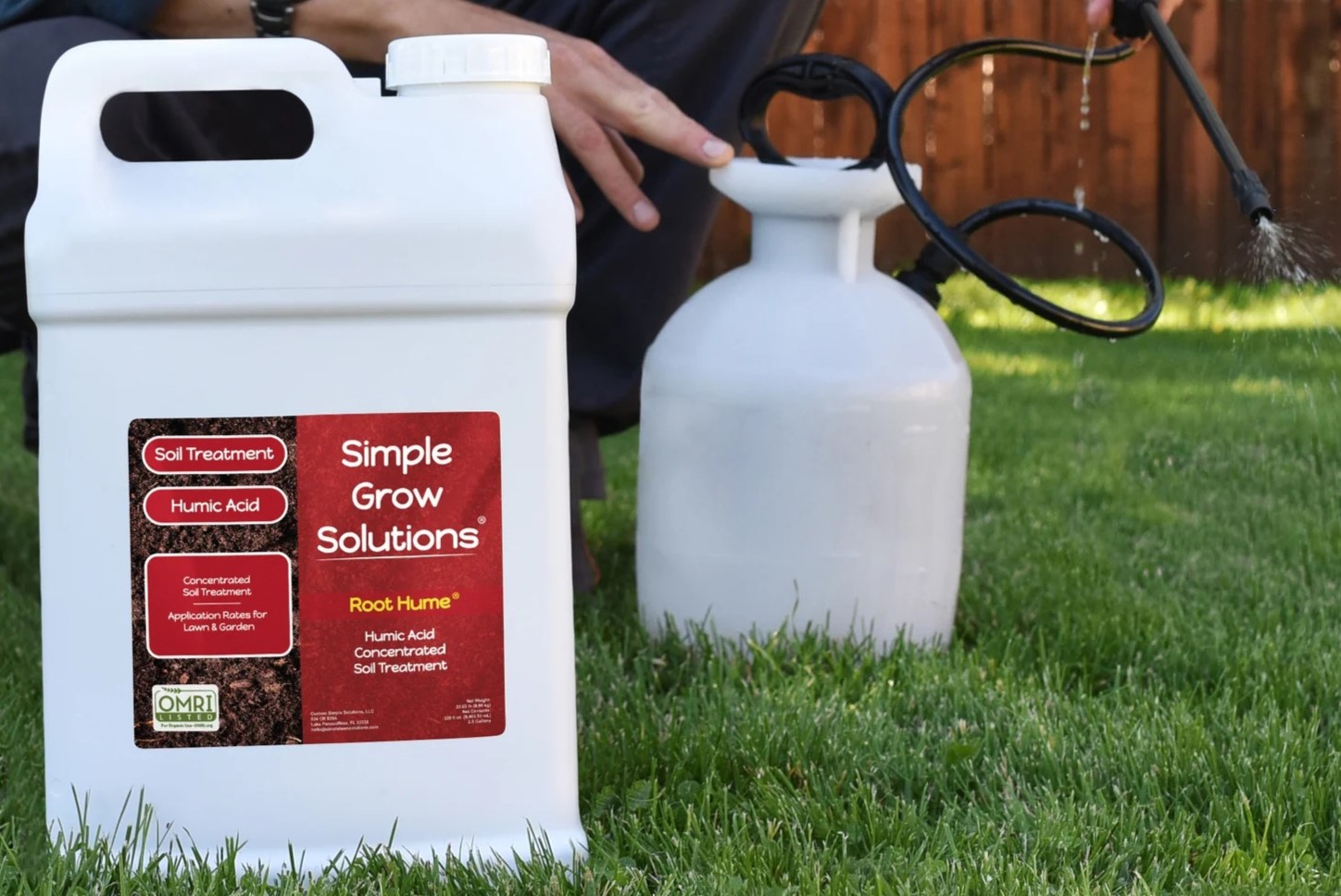
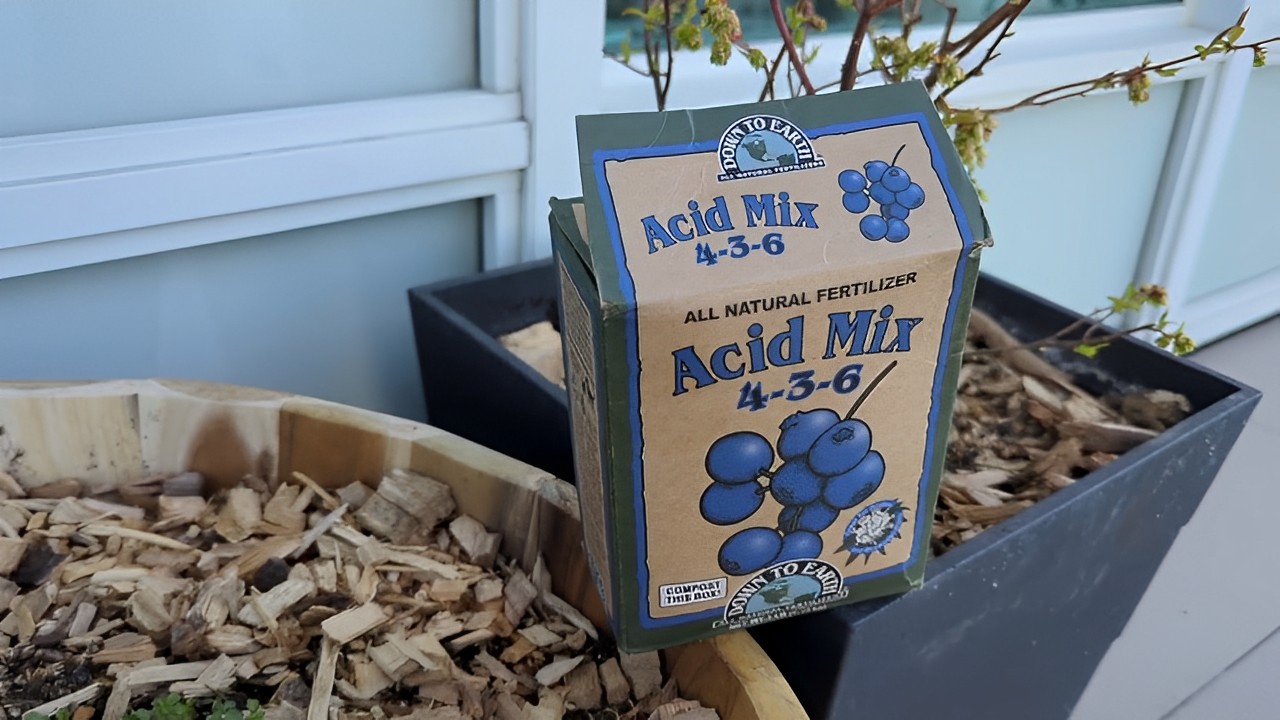

0 thoughts on “How To Store Hydrofluoric Acid”